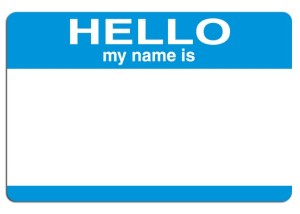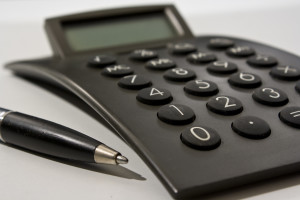 Have you ever been handed a balance sheet and income statement from your accountant and been told that this is your reporting? When you look at these reports from your accountant, do you scratch your head and wonder what you are suppose to do with these reports? Many business owners and investors get reports that they don’t understand – and it’s not their fault. Most reports are either too technical or are missing information to give the reader the insight they want.
Have you ever been handed a balance sheet and income statement from your accountant and been told that this is your reporting? When you look at these reports from your accountant, do you scratch your head and wonder what you are suppose to do with these reports? Many business owners and investors get reports that they don’t understand – and it’s not their fault. Most reports are either too technical or are missing information to give the reader the insight they want.
Do you file these reports as quickly as possible, hoping to never see them again?
While reports like your balance sheet and income statement can be helpful, particularly when it comes to tax planning and preparing tax returns, they are not the most useful reports when it comes to providing you with information that will help you grow your business and wealth.
Do the reports you get in your wealth strategy make you cringe?
Now, be honest. Did you cringe at the mere mention of reporting? I’m sure some of you saw the word reporting and immediately began trying to convince yourself you don’t really need it. I find that most people avoid reporting, even though reporting can be a huge resource in their wealth strategy – one that allows them to leverage their time and other resources.
Why would someone avoid something that helps them accelerate their wealth?
There are several reasons I hear:
- It’s too difficult to understand
- It takes too much time
- It’s boring
- I don’t know how to set it up
- I don’t really know what it means
If your reporting isn’t set up correctly or at all, the above are all true.
What is Reporting?
Reporting is summarizing activity in a clear and concise format. Most importantly, the information in the report makes sense to you. When done correctly, reporting is a valuable resource that helps you make timely business and investing decisions and saves you time while doing so. Reports provide tremendous leverage.
What Reporting Should Be
Reporting should report the activity YOU want. There are no specific rules that must be followed – it is based on facts, figures or data you want to help you make decisions to grow your business and your wealth.
It’s always amazing to me the number of people who think they don’t need reporting in their wealth strategy. Some think they will be so successful that they don’t need a report to tell them that. Others think that reporting is just for their accountant to do their taxes. And others think they aren’t big enough to need reporting.
Whether you have 1 employee or 100, whether you have 1 rental property or 50, whether you invest in options, tax liens, or oil & gas, you need reporting.
 With the new year here, many people are making plans to travel so it is a great time to do a refresher on the rules for deducting travel so you can legally write-off your vacation and personal travel.
With the new year here, many people are making plans to travel so it is a great time to do a refresher on the rules for deducting travel so you can legally write-off your vacation and personal travel. Did you forget to renew your business registration? When your business began it had registered with the State of Michigan, probably a while back, however, the annual registration renewal was not done. After several years of non-renewal, along came your competitor who called to see if you would like to buy your business NAME back at a considerable cost. What a surprise! This created problems for your Business, because it could no longer do business under its original name in the State of Michigan. Your competitor registered its company with your NAME and now they had a legal right to use your NAME while doing business in Michigan.
Did you forget to renew your business registration? When your business began it had registered with the State of Michigan, probably a while back, however, the annual registration renewal was not done. After several years of non-renewal, along came your competitor who called to see if you would like to buy your business NAME back at a considerable cost. What a surprise! This created problems for your Business, because it could no longer do business under its original name in the State of Michigan. Your competitor registered its company with your NAME and now they had a legal right to use your NAME while doing business in Michigan.





